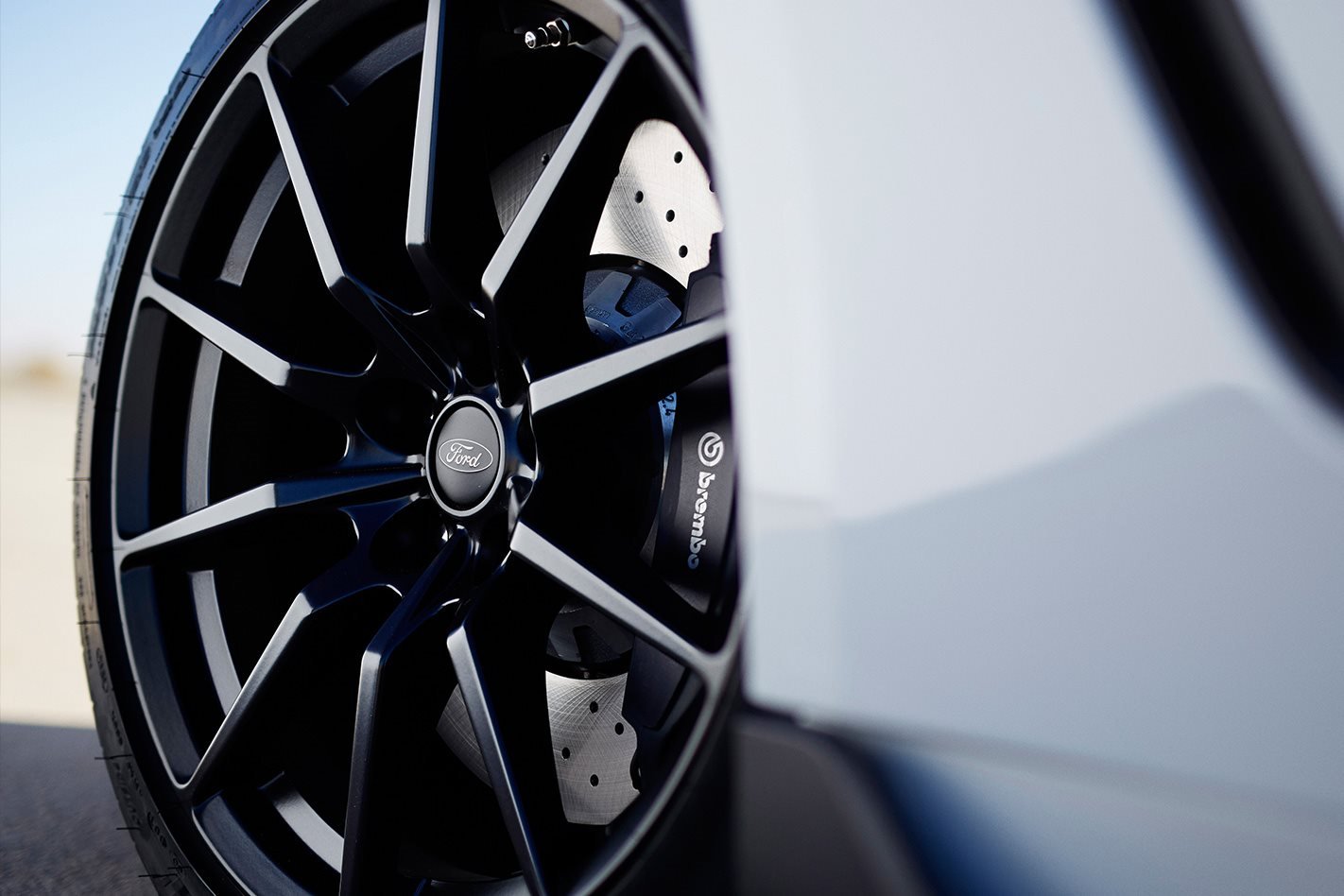Keep in mind four things when buying new wheels: diameter, width, offset and pitch-circle diameter (PCD).
Diameter is the most widely understood – 17s, 18s, 19s, etc – widths after that. Performance cars once came with around 7-8-inch wide wheels stock. These days we’re seeing up to, and beyond, 10-inch wide wheels from the factory.
The distance between the wheel’s centreline (measured across its width) to the hub face, where it bolts on, is offset. Most stock wheels run a very “positive” offset but an offset closer to “zero” or even “negative” is desirable to give a car a fatter stance, the outside face of the wheel moving further out and ‘filling’ the guards. But then you risk it rubbing on the guards themselves (which is why people get them rolled).

The stock GT wheels are 19x9in (+45 offset) front and 19×9.5in (+52) rear. General Manager of Fuel Autotek – which distributes TSW Wheels – Mitch Crosher recommends upgrading to a 20-inch wheel, 20x9in front (+30) and 20x11in rear (+50).
Crosher recommends a 295/35 rear tyre but “has seen” 305/30. Roll the rear guards and you can fit up to 325/30s. Add flares and chop the body and you could fit 13-inch wide rears and 335 tyres. And ask for hub-locating rings to avoid risk of unnecessary vibration.





